Expert Ball Lenses Manufacturer
Chineselens Optics is your one-stop shop for top-quality ball lenses, meticulously crafted to revolutionize your light manipulation applications. We are a leading manufacturer, offering a vast selection of ball lenses and unparalleled customization options to meet your most demanding needs.
Your Premier Ball Lenses Supplier
A ball lens is an optical component that helps improve signal coupling between fibers, emitters, and detectors. It is also utilized in a variety of applications, such as endoscopy, bar code scanning, ball pre-forms for aspheric lenses, and sensors. Ball lenses are made from a single substrate of glass and can either focus or collimate light, depending on the geometry of the input source. Half-ball lenses are also frequently used and can be interchanged with full ball lenses if a more compact design is needed due to physical constraints in an application.
Whether you require ball lenses for fiber optic coupling, medical equipment, high-resolution scanning, or industrial automation, Chineselens Optics is your trusted partner. We deliver exceptional performance, extensive customization options, and unwavering quality assurance – all at competitive prices.
Ball Lens Category
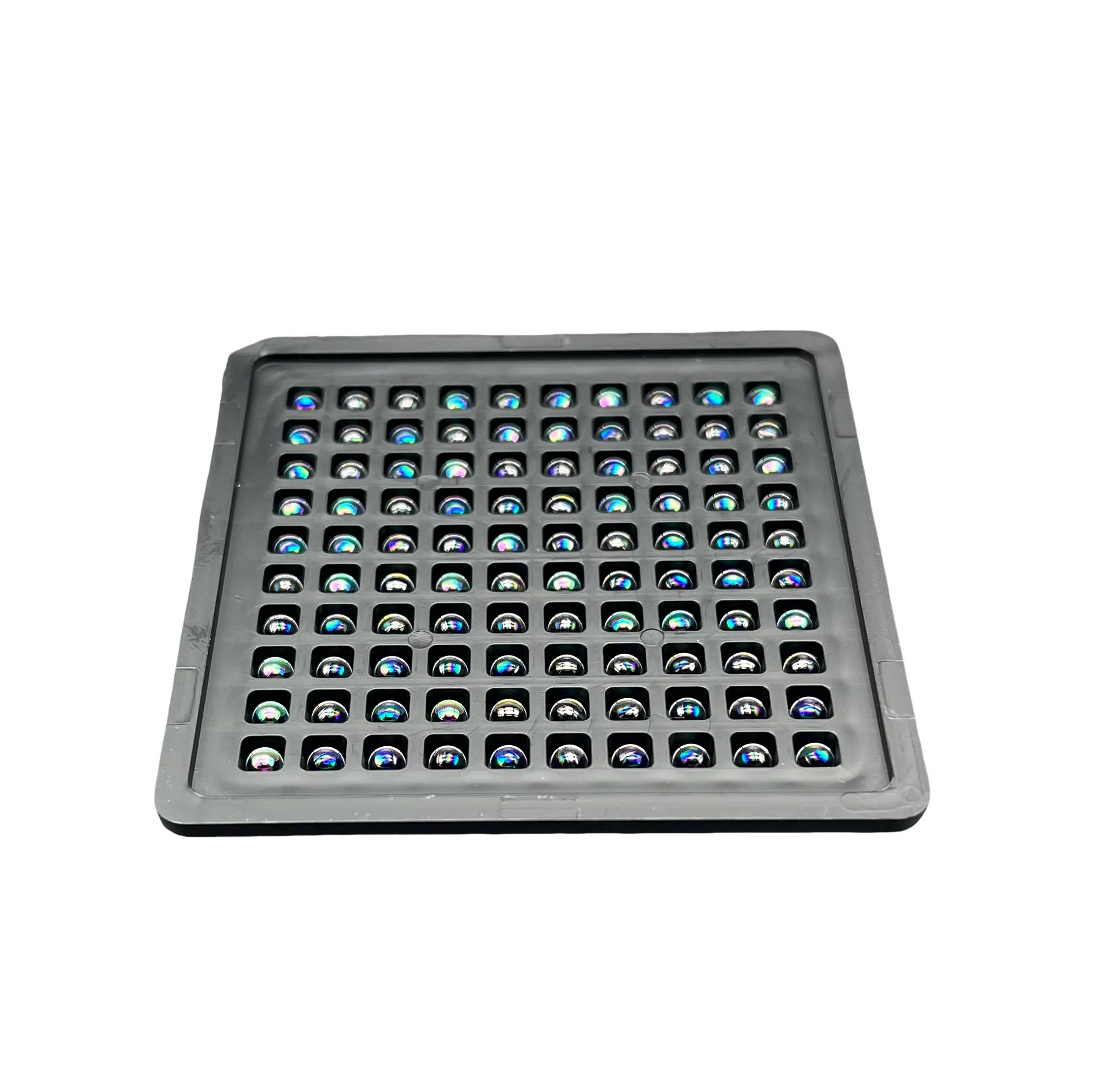
Glass Ball Lenses
A versatile and cost-effective option for various applications, offering good light transmission and a wide range of diameters. (Common glass types include BK7 and fused silica)

UV Fused Silica Ball Lenses
Ideal for ultraviolet (UV) applications due to its excellent UV transmittance. Often used in scientific instruments and spectroscopy.
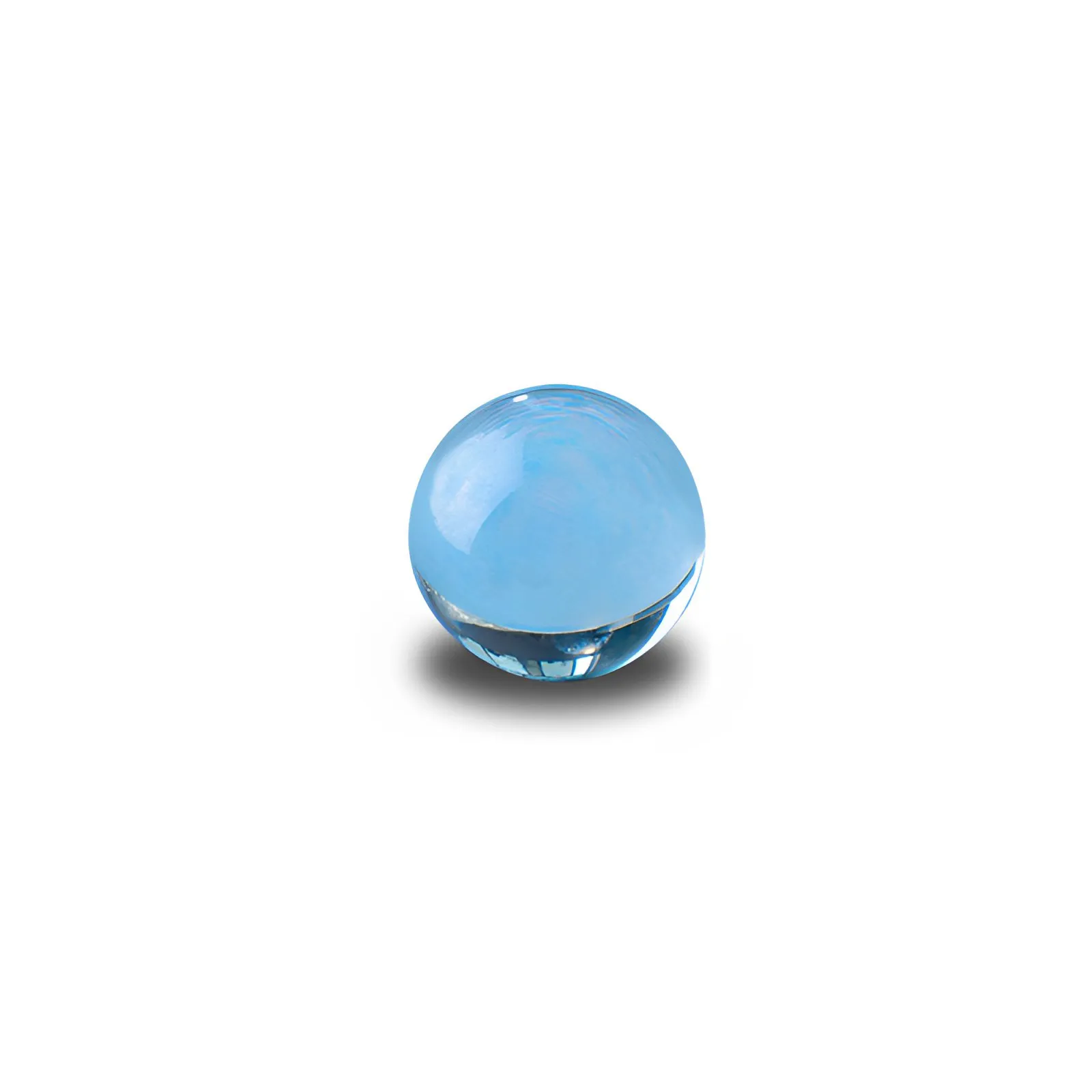
Sapphire Ball Lenses
Provides exceptional durability, high-temperature resistance, and superior scratch resistance. Well-suited for demanding environments.
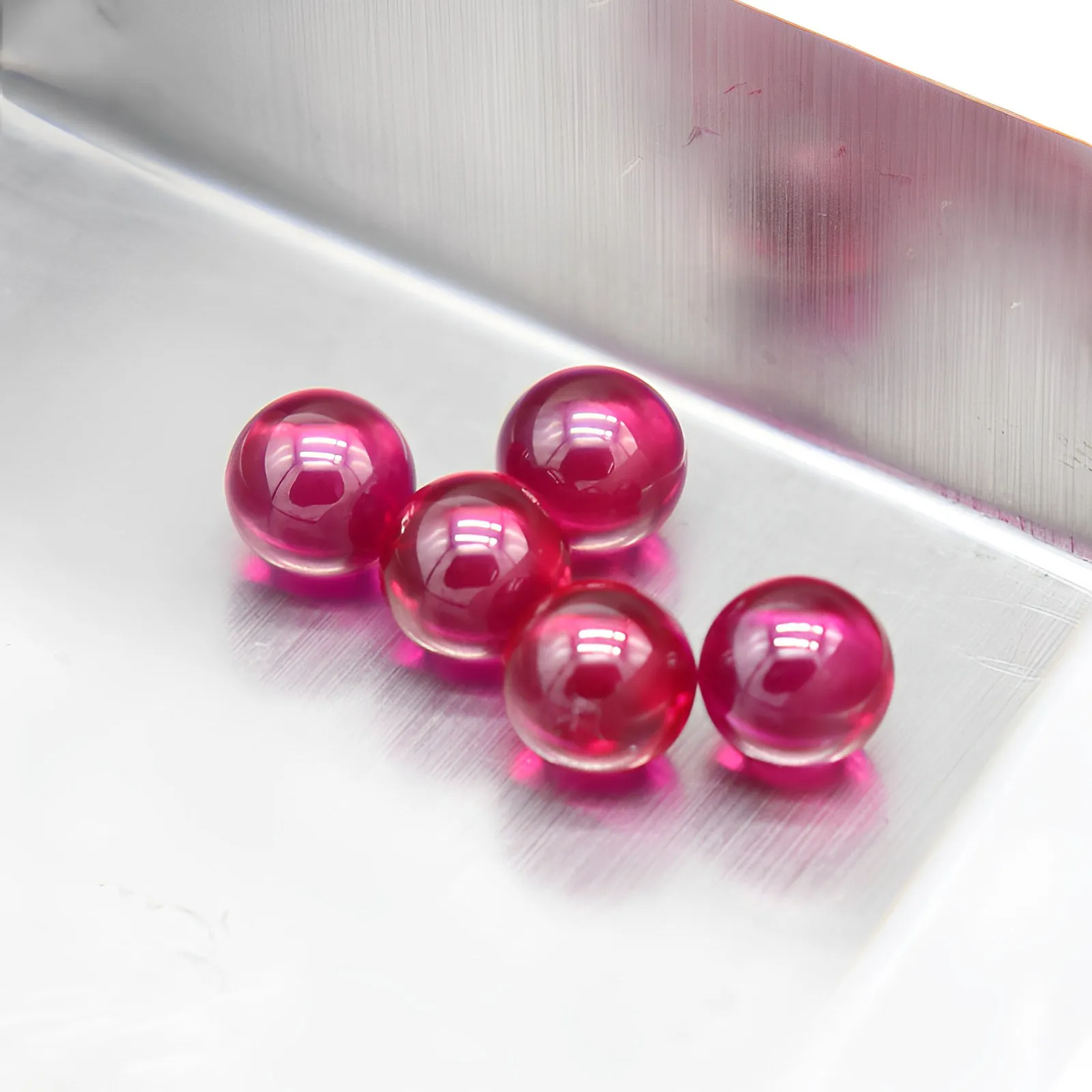
Ruby Ball Lenses
A specialty ball lens with a red color, commonly used for filtering or laser applications.
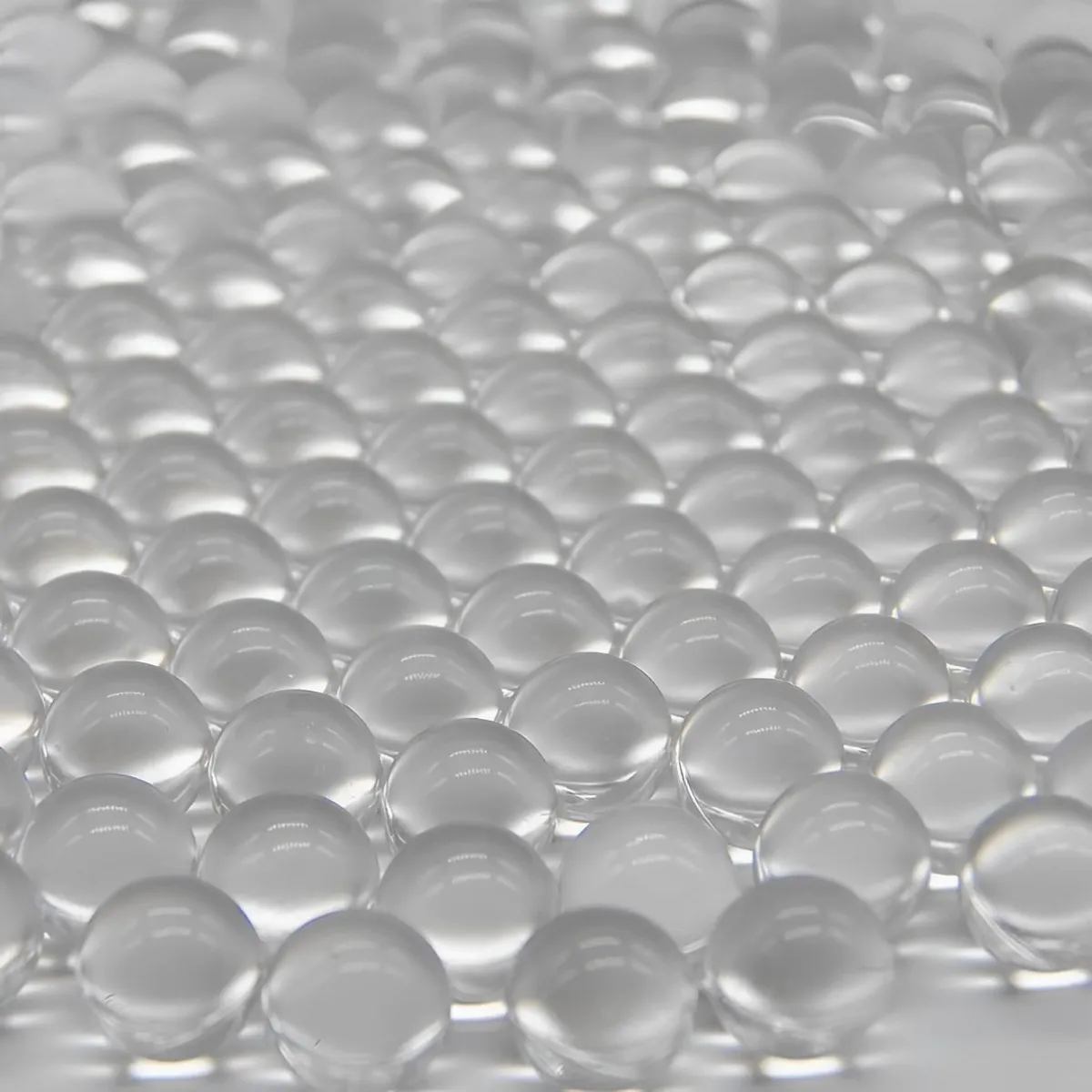
High Borosilicate Ball Lenses
Offers good chemical resistance and thermal stability, making it suitable for harsh environments or high-power applications.
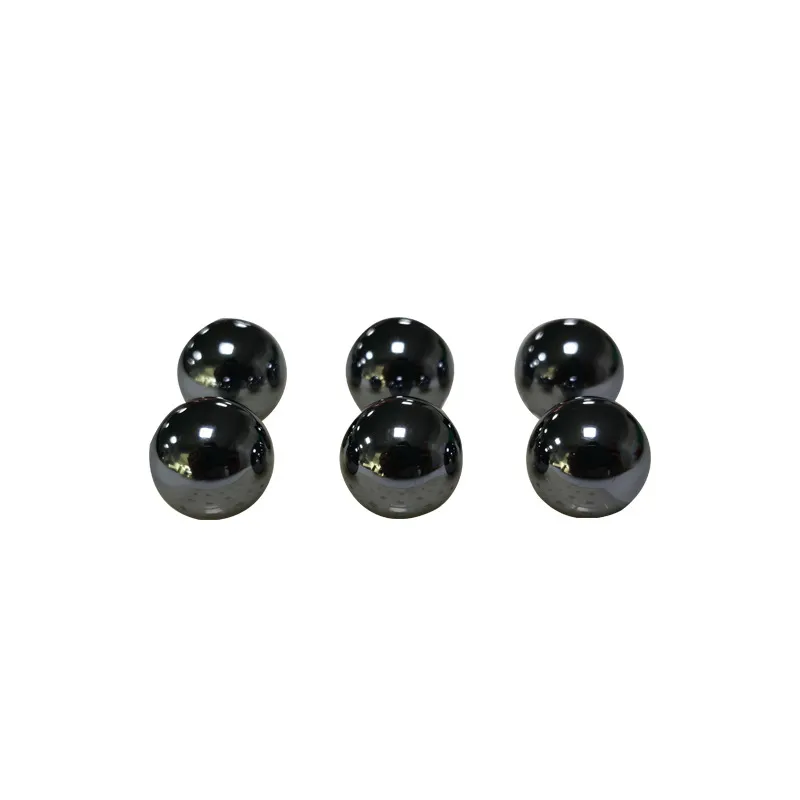
Si Ball Lenses
Silicon (Si) ball lens, ideal for infrared (IR) applications due to its high transmission in the IR spectrum.
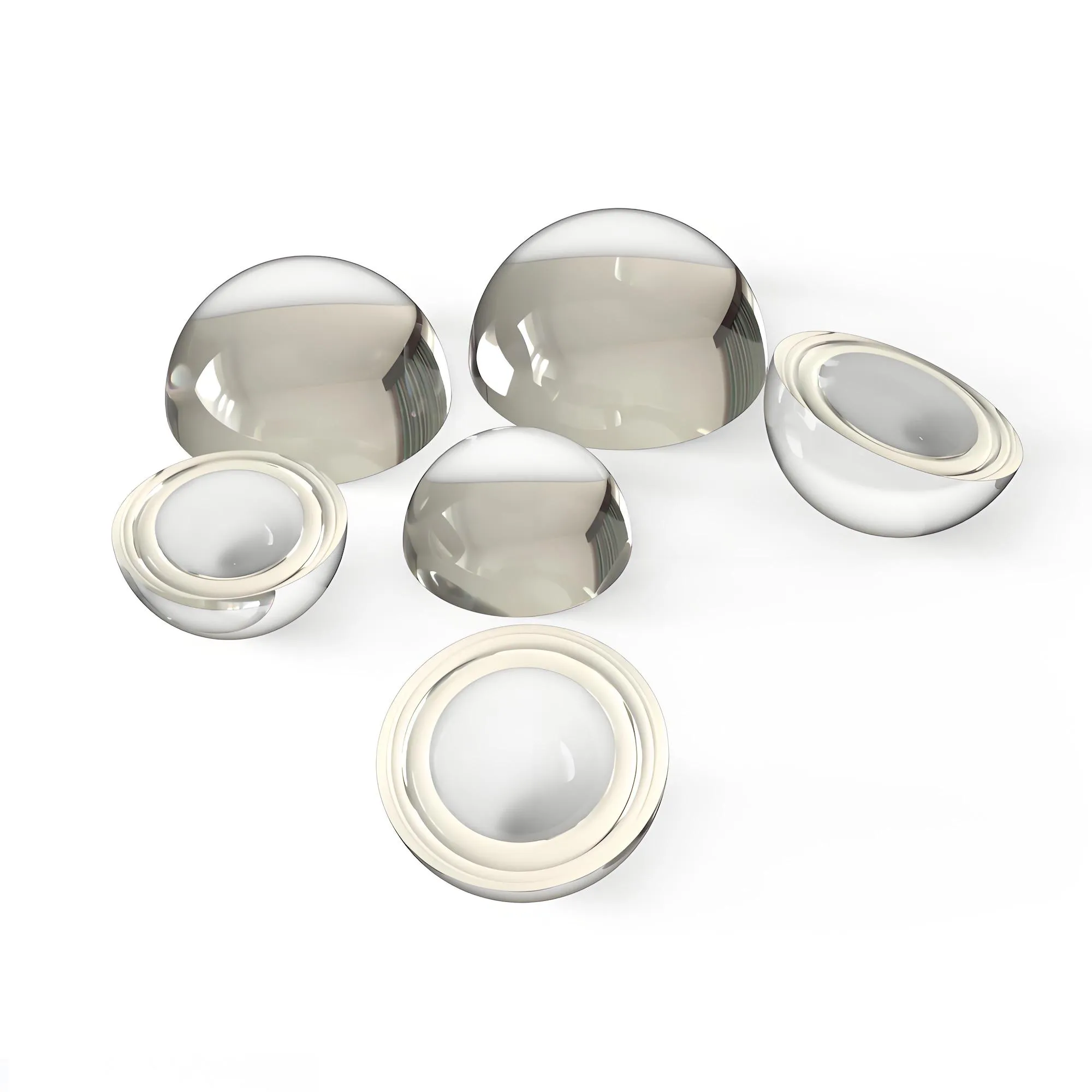
Half Ball Lenses
A hemisphere-shaped lens, often used for light collimation or spreading applications.

High Index Ball Lenses
Features a low glass transition temperature (Tg), making it suitable for applications sensitive to heat.

Low Tg Ball Lenses
Also known as retroreflectors, these prisms reflect an incident beam back along its original direction, regardless of the prism’s orientation. They are widely used in surveying and laser systems.

AR Coated Ball Lenses
This ball lens has an anti-reflective coating applied to minimize light reflection and maximize transmission efficiency.

Micro Balls
An extremely small ball lens, ideal for applications requiring miniature optics and precise light manipulation.
Need Help?
Don’t hesitate to contact us for more information about company or ball lenses
Ball Lenses Features
Exceptional Light Transmission
Achieve unmatched signal coupling efficiency for robust data transfer and flawless image fidelity.
Compact Design
Integrate high-performance optics into space-constrained devices, enabling miniaturization for cutting-edge applications.
Unmatched Versatility
Focus, collimate, or shape light beams with precision to suit your unique needs.
Superior Surface Quality
Pristine surfaces minimize light scattering and guarantee peak performance.
Ball Lenses Solutions
- Enhanced Fiber Optic Coupling: Ensure efficient light transmission between fibers, lasers, and detectors for reliable data communication.
- Advanced Medical Equipment: Enable high-resolution, miniaturized imaging systems for minimally invasive procedures and improved medical diagnosis.
- Precise Scanning and Imaging: Achieve superior focus in barcode scanners and other imaging systems for accurate data capture and clear image quality.
- Diverse Industrial Applications: Integrate ball lenses into lasers for manufacturing, sensors for automation, spectroscopy for material analysis, and more.

Custom Options for Ball Lenses
At Chineselens Optics, we understand that one-size-fits-all solutions rarely exist. That’s why we offer a comprehensive range of customization options to ensure your ball lenses perfectly align with your specific application requirements. Here’s a deeper look at how we can custom your ball lenses for optimal performance:
1. Picking Material:
Exceed the Foundations: It is true that glass and sapphire are common materials; however, we have more material options to suit your desired wavelength range. We can offer you Calcium Fluoride (CaF2) for deep UV, Silicon (Si) for high IR applications, UV Fused Silica that exhibits outstanding UV transmittance among others. Our experts will help you decide on the best material considering your individual needs.
2. Precise Dimensional Control:
Design Based Lenses: We supply custom ball lenses with varying diameters; from less than a millimeter in size for miniature optics to several millimeters for larger systems of its kind. Indicate the exact diameter needed to optimize light transmission across your design.
3. Surface Quality Tailoring:
Trade-off between Performance and Cost: Light transmission and performance depend on surface quality, hence it is important. For this reason, there are different grades of surface quality available so as to balance performance requirements with cost-effectiveness for your application.
4. Anti-Reflective Coatings:
Enhancing Transmission: Reduce light reflection and increase light transmission efficiency through our anti-reflective (AR) coating options. You can choose single-layer or multilayer AR coatings customized for specific wavelengths in order to achieve optimum system light throughput.
Our experienced team of engineers and technicians will work closely with you throughout the customization process where we will discuss your application requirements, make recommendations on suitable choices and help you arrive at an ideal ball lens solution for your project.
Request A Quote
Just get in touch with our technical sales team who will listen to your special requirements attentively. At Chineselens Optics, we are always increasing the envelope of possibilities when it comes to the area of ball lens customization.
Manufacturing Process of Ball Lenses

The manufacture involves a number of carefully planned steps aimed at transforming raw materials into high-precision optical components. Here are some of the critical processes that go beyond polishing and cleaning:
1. Material Preparation
- Choice: The process begins with choosing the right material depending on the application and desired wavelength range. Common options may include different types of glasses (fused silica, BK7), sapphire, or quartz offering varying levels of transmission, refractive index, and durability.
- Cutting: At this point, the raw material is precisely cut to form shapes suitable for making a final ball lens diameter. The cutting procedure ensures minimum wastage during material processing.
2. Machining and Grinding
- Pre-Shaping: CNC machines or other sophisticated tools are used for removing unwanted substance so as to create a rough spherical shape not far from what is expected in terms of final dimensions. Therefore, such initial shaping provides a good basis for later operations.
- Fine Grinding: In this regard, lens contouring is carried out through successively finer abrasives/grinding tools so as to achieve highly accurate spherical surfaces. It should be noted that at this stage care must be exercised in order to ensure that the ball lens meets accurate dimensional tolerances/specifications for sphericity.
3. Pre-Polishing
Surface Smoothing After completion of grinding; pre-polishing step follows just before the final finishing stage intended to make it optically perfect lens ready for use. This process comprises using special slurries together with lapping tools that further refine its surface by reducing its roughness thus making it more suitable for polishing.
4. Polishing
Perfection Via Accuracy: This critical stage entails careful and deliberate operations targeted at polishing the surface of the ball lenses using high-precision grinding equipment and polishing pads. Micron-scale diamond slurries are utilized to get rid of any irregularities that may be left behind by the surface as well as producing a highly polished perfect finish devoid of defects. This careful and detailed mandelbrotting is important in enhancing light transmission as well as minimizing scattering of lights within the lens.
5. Cleaning and testing
- Impurity Removal: The cleaning is done on the spherical shaped lens; it is aimed at removing all unwanted impurities or any residual polishing chemicals that may have been left after polishing was done. The cleaning process ensures that the lens surface is flawless and fit for inspection.
- Quality control: Each ball lens is subjected to meticulous inspection using specialized optical apparatus. It is during this examination that the main parameters of concern such as the diameter, sphericity, surface quality and transmission properties are verified. Consequently, lenses that meet our stringent quality requirements are then packed and sent to clients.
6. Additional Considerations
- Centering: In certain applications it may be necessary to accurately center a ball lens. This can be done during the manufacturing process by employing some special methods involving centering.
- Advanced coatings: The surface of a ball lens can sometimes have anti-reflective or other optical coatings for targeted functions on specific applications. These coatings improve light transmission, eliminate unwanted reflections, or add special filtering characteristics.
By meticulously controlling each stage of the manufacturing process, Chineselens Optics assures exceptional optical performance in every single one of its products with consistent quality and unmatched reliability.
Ball Lenses Applications
Despite their small size and great light manipulation abilities, ball lenses have been employed in an unexpectedly wide range of industries across sectors. We will now take a closer look at some key areas where these lenses are important players:
1. Fiber Optic Communication:
Fiber optic communication is at the heart of communication today’s world has become very much reliant on fiber-optic networks for data transfer over long distances between data centers as well as for providing internet access to homes in different parts even in rural areas; this mode has become extremely popular due to its ability to transmit large amounts of information at relatively high rates via glass fibers called optical waveguides which use light pulses rather than electric signals. Here, they serve as tiny couplers spinning through laser beams within fibers among other things thereby ensuring robust data transmission on which internet backbone or global telecommunication infrastructure relies.
4. Laser Systems:
A variety of fields today are making use of lasers ranging from material processing industries to sophisticated healthcare applications like ophthalmology and dermatology where it is used instead of a scalpel to remove growths on skin surfaces; a scalpel is not used here due to the fact that human tissue will be burned during surgery when using such lasers. This requires tight control over the laser beam profile by means of ball lenses which act as focusing or collimating lenses that can shrink a laser spot size down for cutting and welding operations or enlarge it for maintaining uniform intensity distribution across an extended area.
2. Medical Devices:
Minimally invasive procedures are revolutionizing medicine and one crucial element driving this progress are ball lenses. For instance, ball lenses in endoscopes help produce highly detailed but miniature images of internal organs facilitating accurate diagnosis and treatment while minimizing discomfort to patients.
3. Barcode Scanners:
Almost all bar code readers require the incorporation of ball lenses for accurate product recognition purposes. These direct laser scanning beam onto barcode hence preventing variations in the readings from retail shops or stores.
5. Injection Molding:
Sophisticated optical components can necessitate unparalleled solutions during their manufacturing process. Consequently, one may opt for semi-finished ball lens structures integrated into injection molds with subsequent mass production of devices containing these integrated optical elements, thereby streamlining the manufacturing stage and reducing costs.
6. Sensors:
Sensors are the eyes and ears of automation, playing a critical role in various industries. Many sensor designs incorporate ball lenses to manipulate light and improve their sensitivity and detection capabilities. This can be seen in applications like object detection robots, environmental monitoring systems, and even self-driving cars.
7. Spectroscopy:
Materials science hinges on the analysis of substances by interacting them with light. Ball lenses are commonly used in spectroscopy instruments to collimate light beams and focus them on a sample. Therefore, scientists can determine the properties of different materials by carefully studying the spectral patterns they produce.
8.Beyond The Ordinary:
There has been an array of potential applications for ball lenses over time. They find use in a diverse range of industries, including:
In the field of security systems: motion detectors and other security devices make use of ball lenses.
Astronomy uses some telescopes with ball lenses to gather more light and improve image quality.
For 3D printing, there are some types which necessitate ball lenses for focusing laser beams for high-precision material deposition.
Connect with Our Experts
We're here to help
Ready to unlock the potential of light with precision ball lenses?
Please feel free to ask for quotes: this will help in getting specific requests from you hence giving us an opportunity in pricing competitively.
Contact our Applications Engineers: This means that we offer advice and reply your queries which may also help you reach the best choice of a proper ball.
Allow Chineselens Optics to be your partner when it comes to manipulating light. Together, let’s brighten up the path towards our victory!
Address
No. 12 East Yanhe Road, Yancheng City, Jiangsu Province, China
Call Us
+86-18005107299
Email Address
chineselens@foxmail.com
Email Address
sales@chineselens.com
